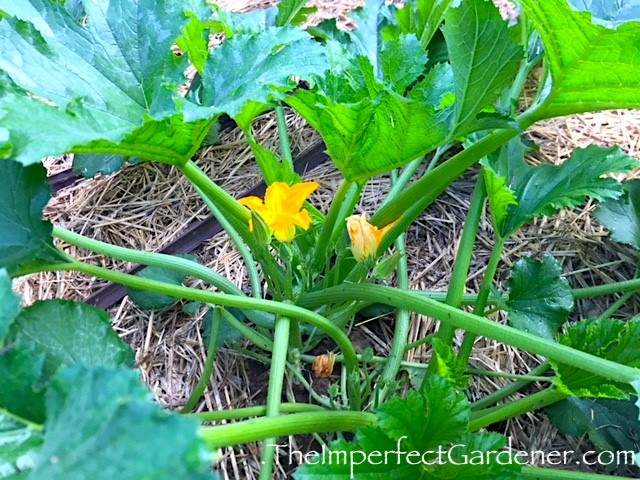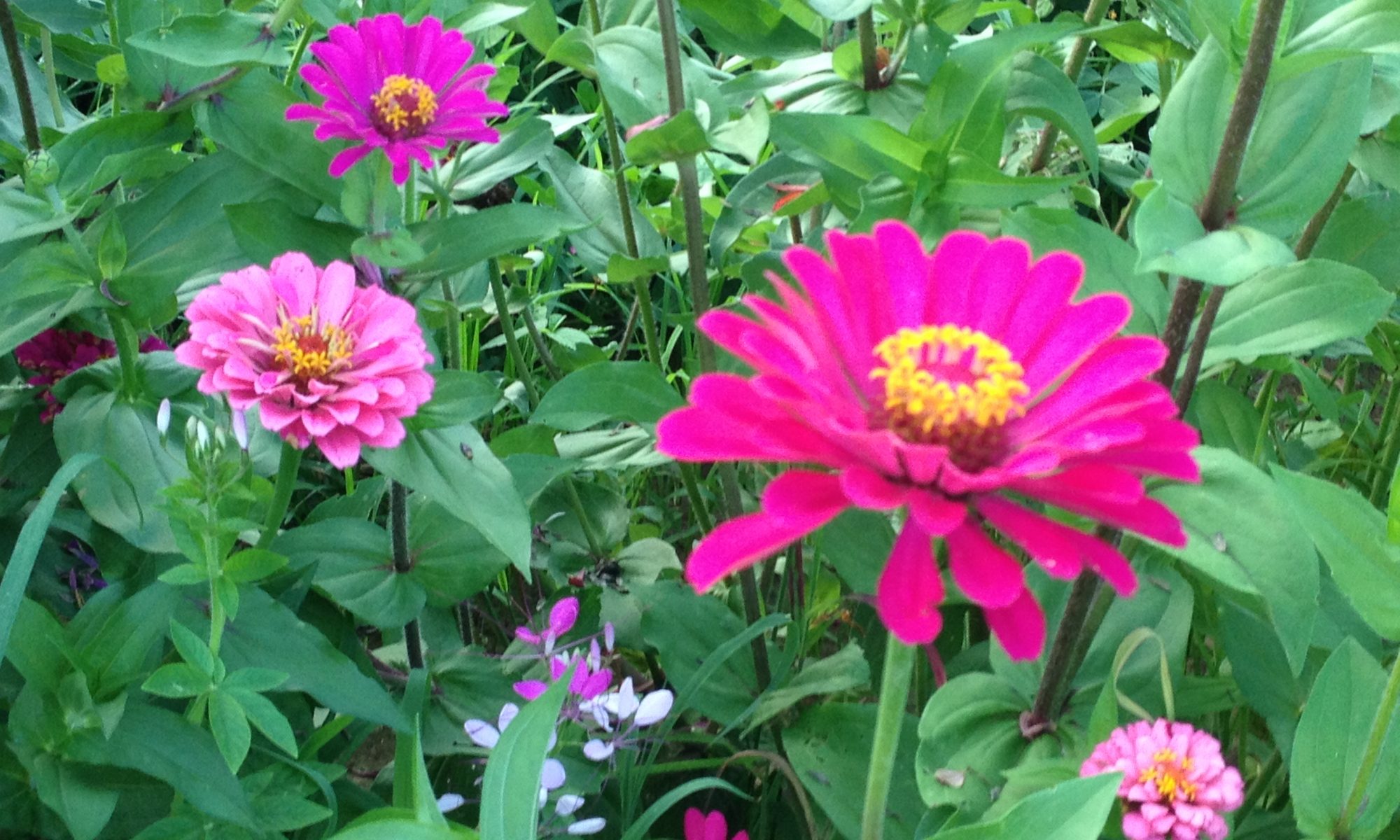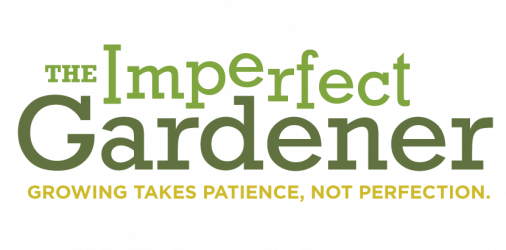
A remarkable treatment for your vegetable garden can keep weeds to a minimum, maintain moisture, enrich the soil, and increase your harvest by up 50 percent — and it’s usually free and abundant.
Mulch is a term for ground covering around plants. Mulch can be organic (leaves, straw, compost, grass clippings, newspaper, bark, etc.), inorganic (rocks, perlite, vermiculite), or synthetic (black or clear plastic, woven weed barrier).
The mulch that is best for your vegetable garden depends on your soil type, your crops, your climate, and what you want the mulch to do.
Organic mulch
Organic mulch retains moisture and cools the soil temperature by about 20 degrees, so it’s ideal for cool-weather vegetables, such as lettuce, cabbage, and kale. In very moist climates, however, organic mulches may hold too much moisture.
If your garden contains clay or other poor soils that form a crust after rain, organic mulch will improve it, making it more crumbly. Organic mulch also continues to feed the soil long after the growing season ends. After your garden is harvested in the fall, till or work the mulch into the soil, where it will decay and enrich the soil, creating a better growing medium for your plants next spring.
Inorganic and synthetic mulch
Inorganic and synthetic mulches are superior in keeping weeds down and retaining soil moisture, plus they don’t harbor weed seeds, like straw or grass might. Plastic, however, inhibits rain from absorbing into the soil.
If you mulch with plastic, perforate it to allow air circulation and water into the soil. If you choose not to perforate the plastic, then either cut holes around plants large enough to allow for aeration and water movement at the base of the plants or keep bare walkways between rows free from plastic to allow water a place to absorb into the ground. Another option is the woven weed barrier, which typically is used in landscaping. It allows water and oxygen into the soil while deterring most weed growth.
Store-bought mulches
Not all mulches are home grown. You can buy mulch — organic, inorganic, and synthetic — by the bag at your local garden center, or by the truckload at nurseries. These are the most commonly found for sale:
Bark — Available in fine, medium, and large sizes; most gardeners recommend medium and large. Heavier barks won’t float in downpours. Unlike other organic mulches, don’t work bark into the soil at the end of the growing season because its high-carbon content can create a nitrogen deficiency due to carbon-to-nitrogen imbalance.
Peat moss — Finer-textured types dry out and are difficult to wet. Choose chunky peat, instead.
Pine needles — Preferred by acid-soil plants, such as strawberries, but they can be used anywhere. They allow for good aeration, but can be a fire hazard.
Perlite, vermiculite — Perlite, which is volcanic ash, and vermiculite, a mineral that resembles mica, are extremely porous. They are also very lightweight and are easily blown or washed away.

